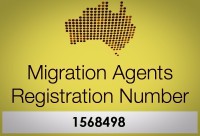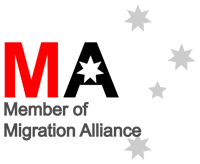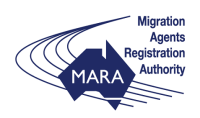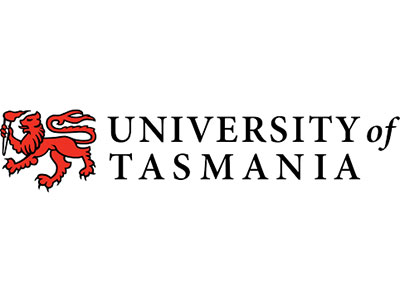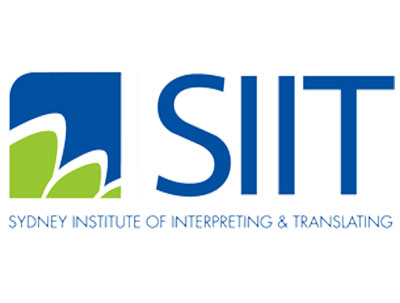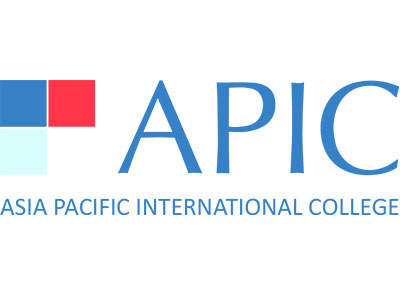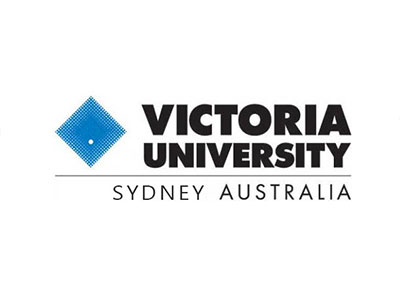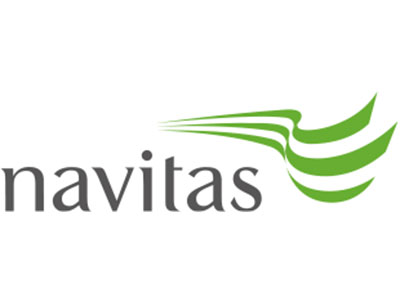In today’s competitive business landscape, Australian employers often face challenges in sourcing skilled workers locally. When standard visa programs fall short, Labour Agreements offer a tailored pathway to address these workforce gaps.
What is a Labour Agreement?
A Labour Agreement is a formal arrangement between an Australian employer and the Department of Home Affairs. It allows businesses to sponsor skilled overseas workers in situations where there is a demonstrated need that cannot be met within the Australian labour market. These agreements are particularly beneficial when standard temporary or permanent visa programs are not suitable.
Key Benefits of Labour Agreements
- Customised Solutions: Labour Agreements are tailored to meet the specific needs of employers and industries facing skill shortages. They can cover a wide range of occupations and industries.
- Streamlined Processes: Once a Labour Agreement is in place, it provides a more streamlined process for sponsoring and employing overseas workers compared to standard visa programs.
- Temporary and Permanent Workers: Labour Agreements can cover both temporary and permanent work arrangements, depending on the labour market needs of the employer.
- Compliance Assurance: Employers must adhere to specific terms and conditions outlined in the Labour Agreement, including wages, working conditions, and compliance with Australian employment laws.
- Economic Growth: Labour Agreements benefit both employers and the Australian economy by ensuring that businesses have access to the skills they need to grow and remain competitive while also contributing to local job creation.
Types of Labour Agreements
The Australian Government offers several types of Labour Agreements to cater to different industry needs:
- Company-Specific Labour Agreements: Tailored to individual businesses with unique labour needs.
- Industry Labour Agreements: Designed for specific industries experiencing widespread skill shortages, such as the Aged Care, Dairy, and Meat industries.
- Designated Area Migration Agreements (DAMA): Targeted at regional areas to address localised labour shortages.
- Project Agreements: For large-scale infrastructure or resource projects requiring a significant workforce.
- Global Talent Employer Sponsored (GTES) Agreements: Aimed at attracting highly skilled global talent to Australia.
Application Process
Applying for a Labour Agreement involves several steps:
- Demonstrate Labour Market Need: Provide evidence that the position cannot be filled by the local workforce.
- Consultation: Engage in a consultation process with relevant stakeholders, including industry bodies and unions.
- Submit Request: Lodge a Labour Agreement request through the Department of Home Affairs.
- Negotiation: Work with the Department to finalise the terms of the agreement.
- Implementation: Once approved, begin the process of sponsoring overseas workers under the agreement.
Employer Obligations
Employers entering into a Labour Agreement must:
- Offer terms and conditions of employment that meet Australian standards.
- Ensure compliance with all relevant immigration and workplace laws.
- Provide training to Australian workers to reduce future reliance on overseas labour.
- Maintain accurate records and report any changes to the Department of Home Affairs.
Conclusion
Labour Agreements serve as a vital tool for Australian businesses facing genuine skill shortages. By facilitating the sponsorship of skilled overseas workers, these agreements help maintain productivity and support economic growth.
If you’re considering a Labour Agreement for your business, it’s advisable to consult with an experienced migration agent or legal expert to navigate the application process and ensure compliance with all relevant regulations.
For more detailed information on Labour Agreements, visit the Department of Home Affairs website.







